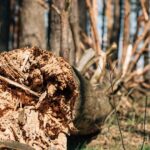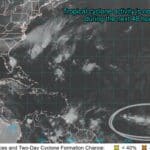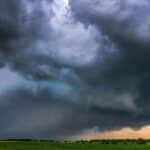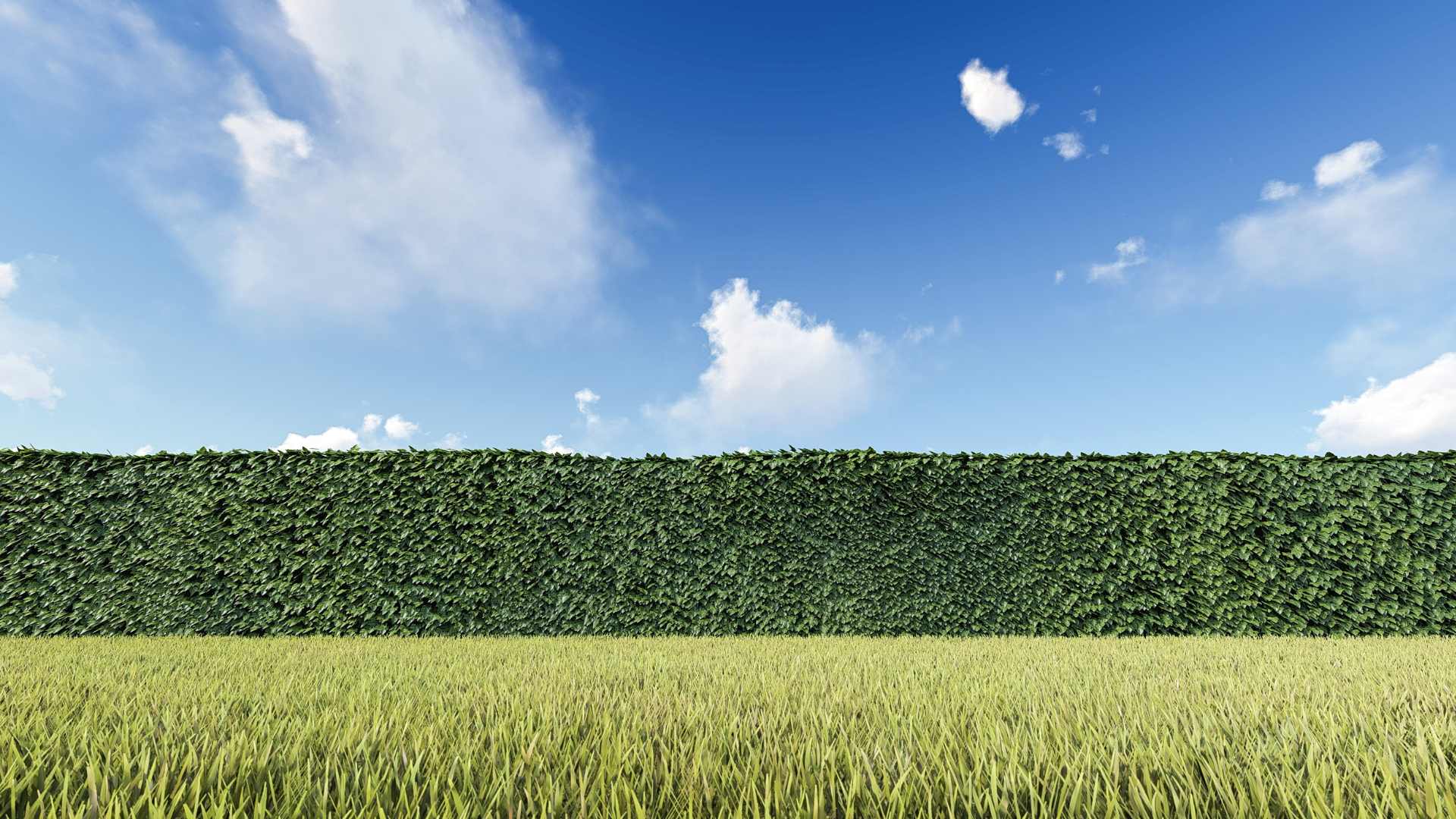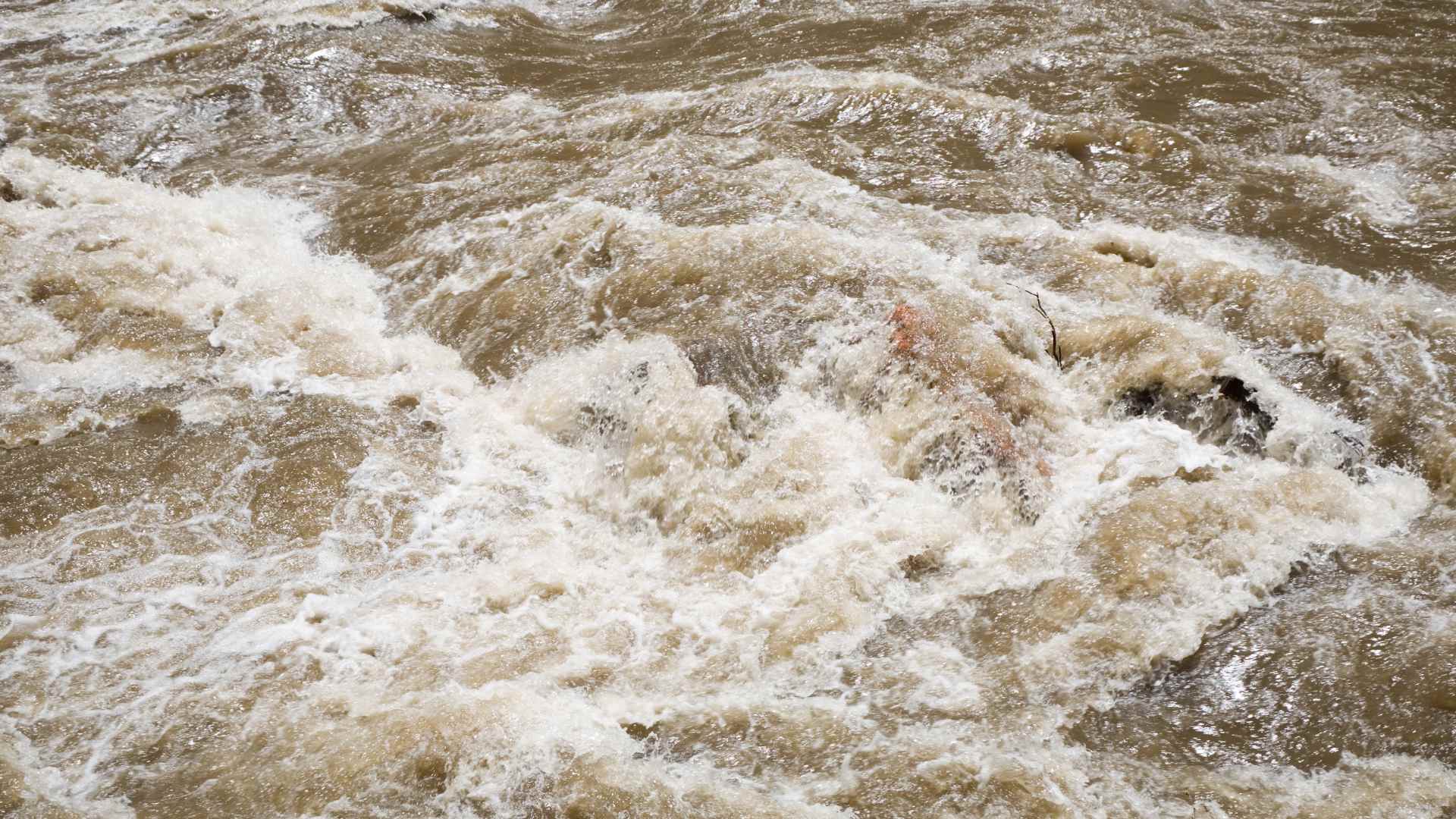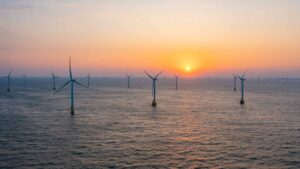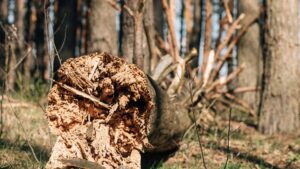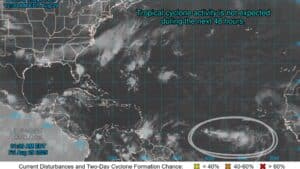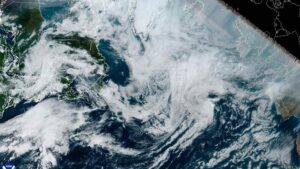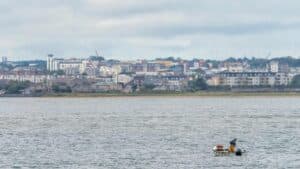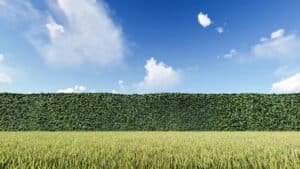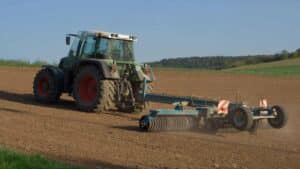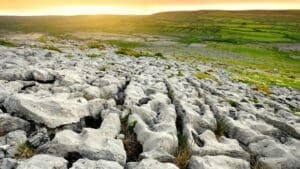
Amazon Rainforest Faces Risk of Large-Scale Dieback
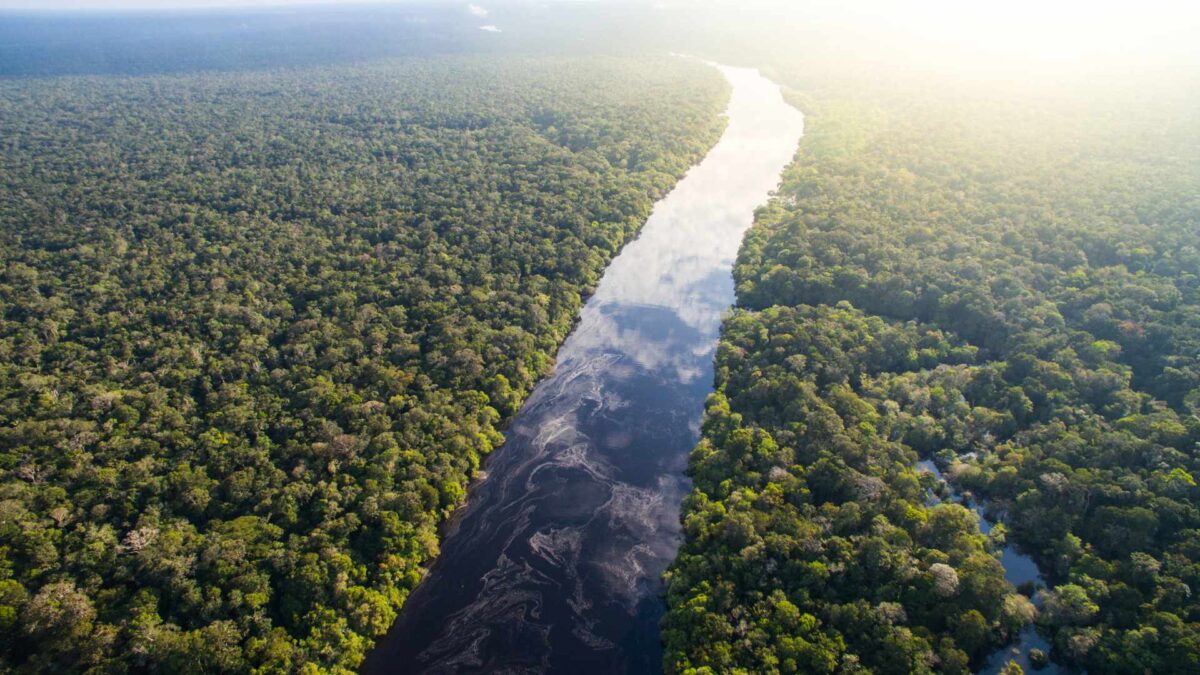
A new study published in Communications Earth & Environment warns that the Amazon rainforest could experience widespread dieback over the coming centuries.
Using advanced Earth System Models, researchers project that a combination of rising temperatures, changes in rainfall, and land-use conversion from forest to agriculture could push parts of the ecosystem beyond a critical threshold, transforming some areas into degraded savannah-like landscapes.
The study examined changes in the Amazon from the present through 2300 using models from the Coupled Model Intercomparison Project, which informed the IPCC’s Fifth and Sixth Assessment Reports. Dieback was defined as a severe loss of photosynthetic activity in historically highly productive areas under high-emission scenarios.
Most of the models indicate some level of dieback, though timing and location vary. In some projections, dieback could begin as early as the 21st century. Key contributing factors include hotter and drier conditions in the northern Amazon, combined with agricultural expansion, particularly in the southern region. Current models may underestimate the risk, as they do not fully account for drought-induced tree mortality or fire dynamics.
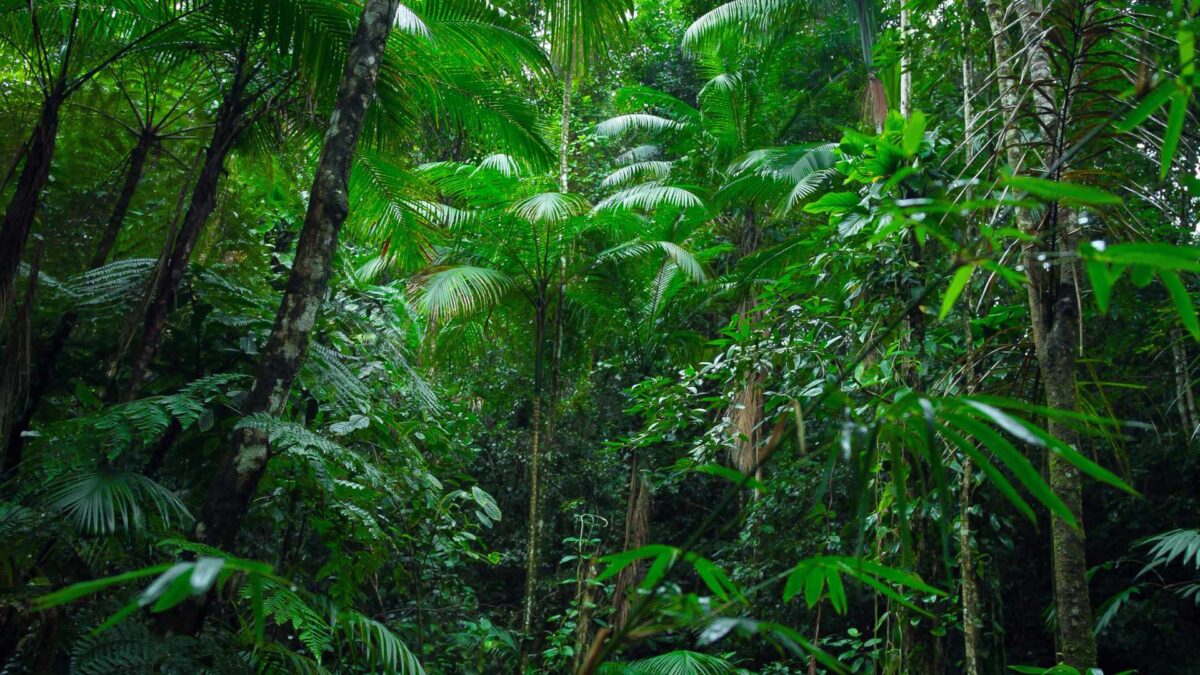
The study identifies mechanisms that could trigger dieback. Shifts in ocean currents are expected to create hotter and drier conditions across parts of the Amazon. Higher carbon dioxide levels reduce the forest’s natural water recycling, while more frequent El Niño-like events could intensify heat and drought.
These changes threaten the productivity and resilience of the rainforest. Reduced rainfall and soil moisture limit water and nutrient availability, while hotter conditions reduce photosynthesis and increase plant respiration. Together with ongoing land-use changes, these pressures could push the Amazon toward large-scale ecosystem collapse.
Lead author Dr Irina Melnikova emphasised the need for improved modelling of ecological processes to better anticipate future risks. The study highlights the importance of protecting the Amazon’s resilience to maintain its ecological functions and biodiversity.
Share this WeathÉire story:
